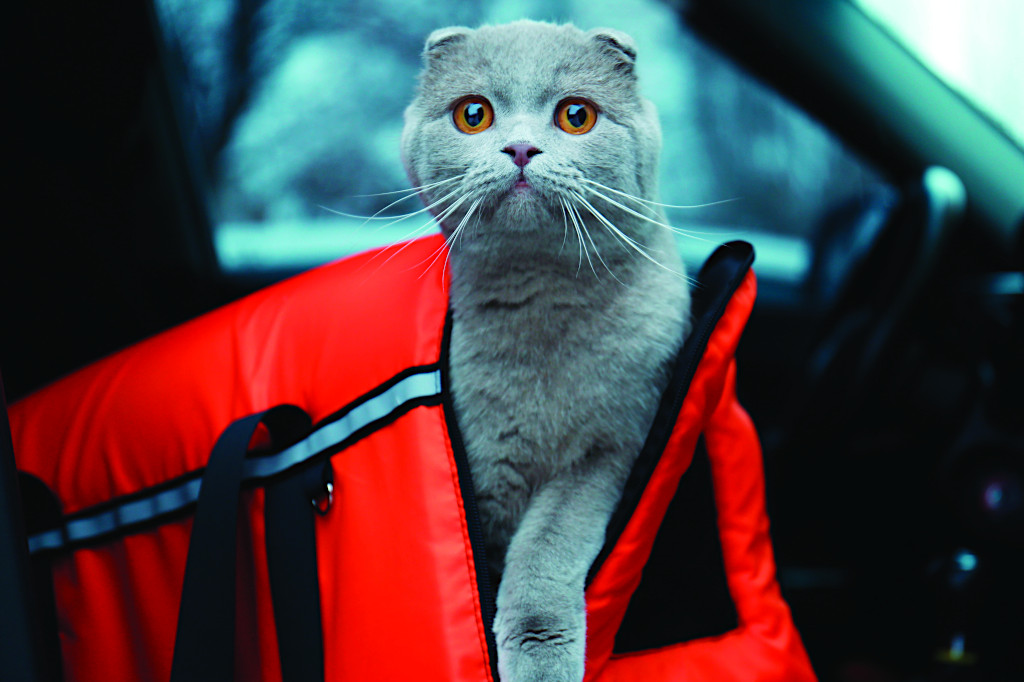In Booking.com’s Travel Predictions 2020, 49% survey respondents said they’d be willing to pay more to stay at an accommodation that’s pet friendly, and 55 percent said their pet was as important as their children.
In March 2020, I was traveling in the Catskills, New York, with my 8-year-old shih-tzu, Ruby. We stayed at pet-friendly Eastwind Hotel (www.eastwindny.com), where Ruby ran along the sprawling grounds under a wide blue sky. Every day, we’d walk across the street to Windham Path, a bucolic area with a looped trail along a river, and ate at pet-friendly restaurants with patios at night. Since she was six weeks old, Ruby had gotten used to travel, and she became fond of the Catskills, which we visit regularly. In fact, she always seemed to be most enthusiastic when I brought out the smaller suitcase for weekend road trips.
Then the pandemic hit. With travel restrictions and lockdowns impacting leisure travel by shutting down hotels and closing restaurants and attractions, our trip to the Catskills would be the last for the year. For me, it was a significant pivot from traveling 1-2 times a month to none at all, but Ruby was equally effected. She was accustomed to checking into luxury hotels, exploring new places, and experiencing the joy of running free in outdoor destinations. Thankfully, the travel ban was temporary. Thirteen months after the pandemic was called in March 2020, Ruby and I made our way to the Berkshires, where she finally reunited with the small suitcase and miles of natural scenery to play in.
Ruby’s not the only pup who loves to travel. According to the 2017 National Pet Owners Survey conducted by the American Pet Products Association (APPA), 68 percent of US households (or 85 million families) own a pet (including 89 million dogs), and about 37 percent of pet owners travel with their pets every year, up from 19 percent a decade ago. Pet travel is a growing demand that many travel companies have been meeting, and in many cases, exceeding expectations.

Photo: Africa Studio
Today, travel companies not only make it easy to travel with a pet, they changed policies to completely accommodate pets. Airlines, for instance, required a lot of paperwork for in-cabin pets back in the 2000s. Now, every U.S airline allows onboard pets, and it’s as simple as filling out an online form. JetBlue even launched JetPaws, a travel program that offers a special bag tag and extra frequent-flyer points for passengers.
Airports in America are also catering to the rise in pet travel, and they literally redesigned their interiors to accommodate dogs. Major airports like Hartsfield-Jackson Atlanta International Airport, Los Angeles International Airport, and Houston International Airport, offer pet relief areas both outside and inside terminals, which reflects the growth of pet travel as a new normal.
Since becoming a travel writer in 2003, I was aware of the strict rules hotels implemented for dogs checking in with their owner. It was extremely rare for major brands to accept pets that weren’t certified service dogs. Now, you’ll be hard-pressed to find a hotel chain that doesn’t embrace pets. There are extreme cases where pets aren’t allowed (say, for instance, at a historic hotel with antiques in the room and public spaces), and there are resorts where you likely won’t want to bring your dog (like a wellness resort), but a good majority of hotel chains consider pets as part of the family, and many have launched pet campaigns and programs.


